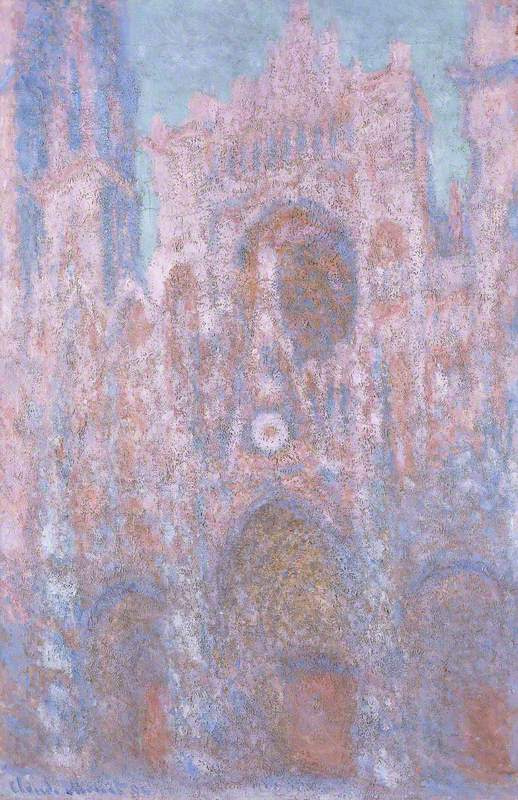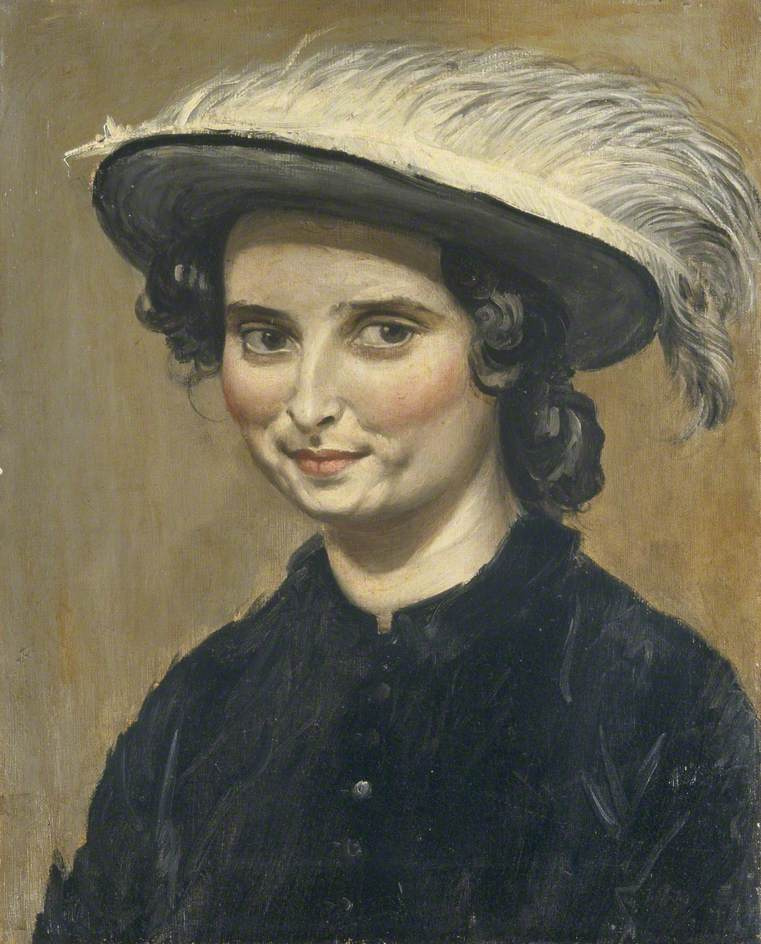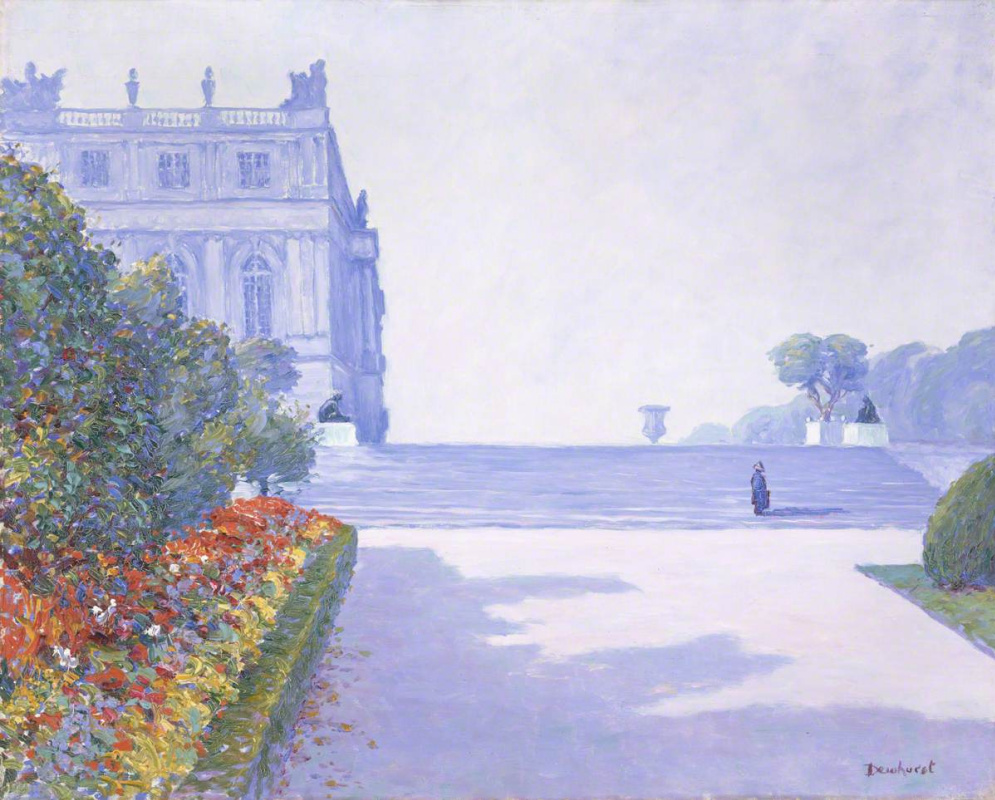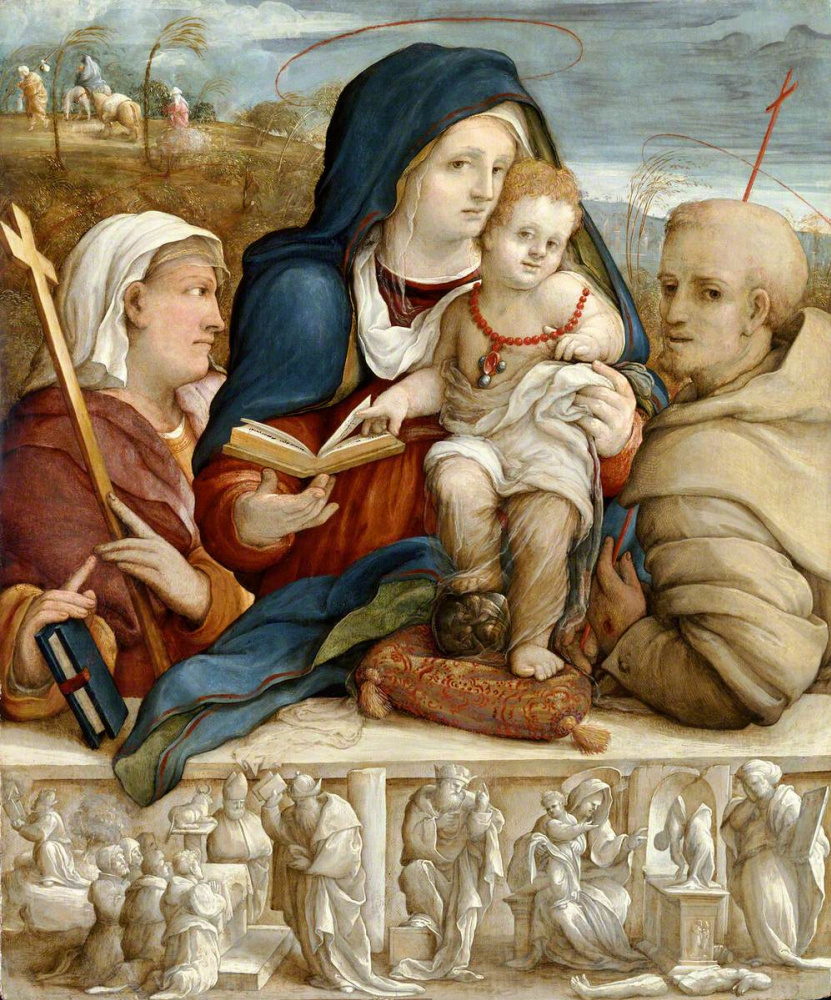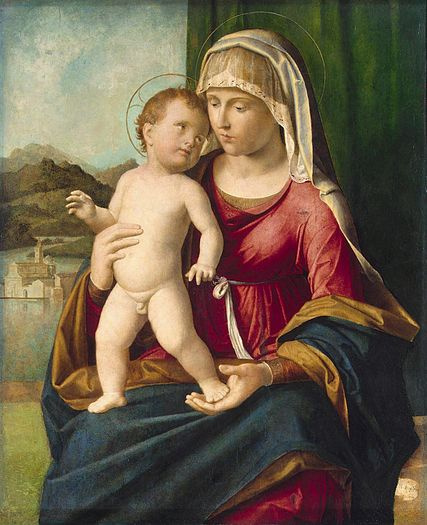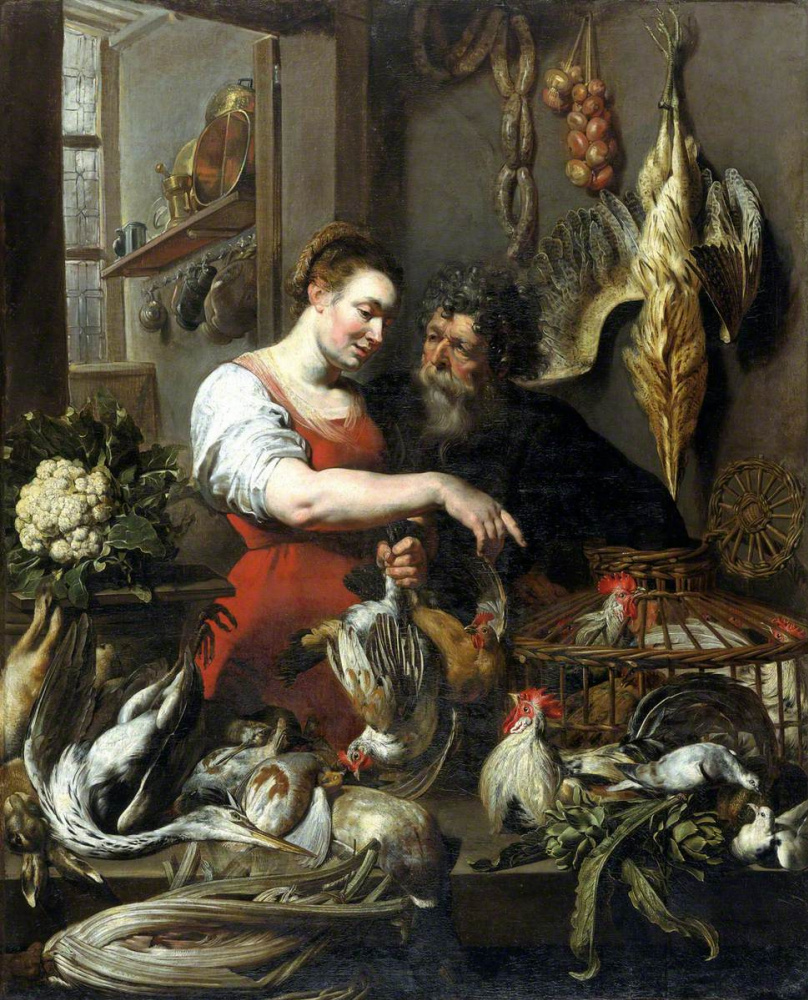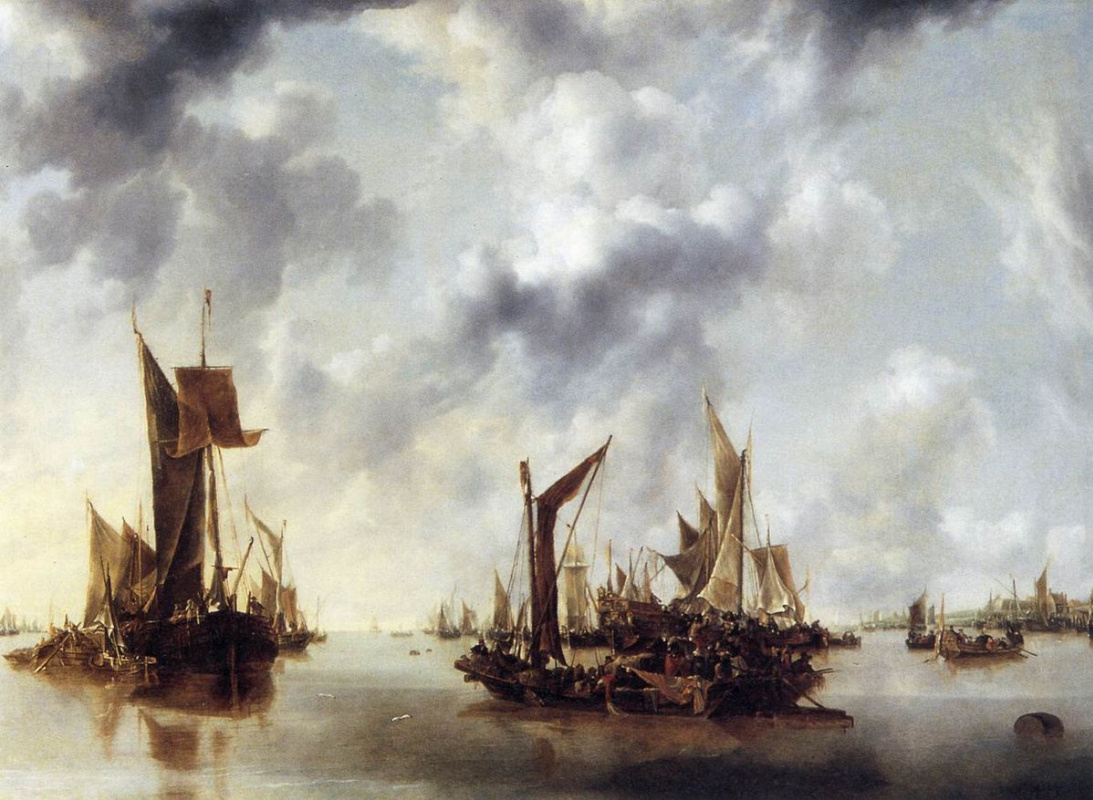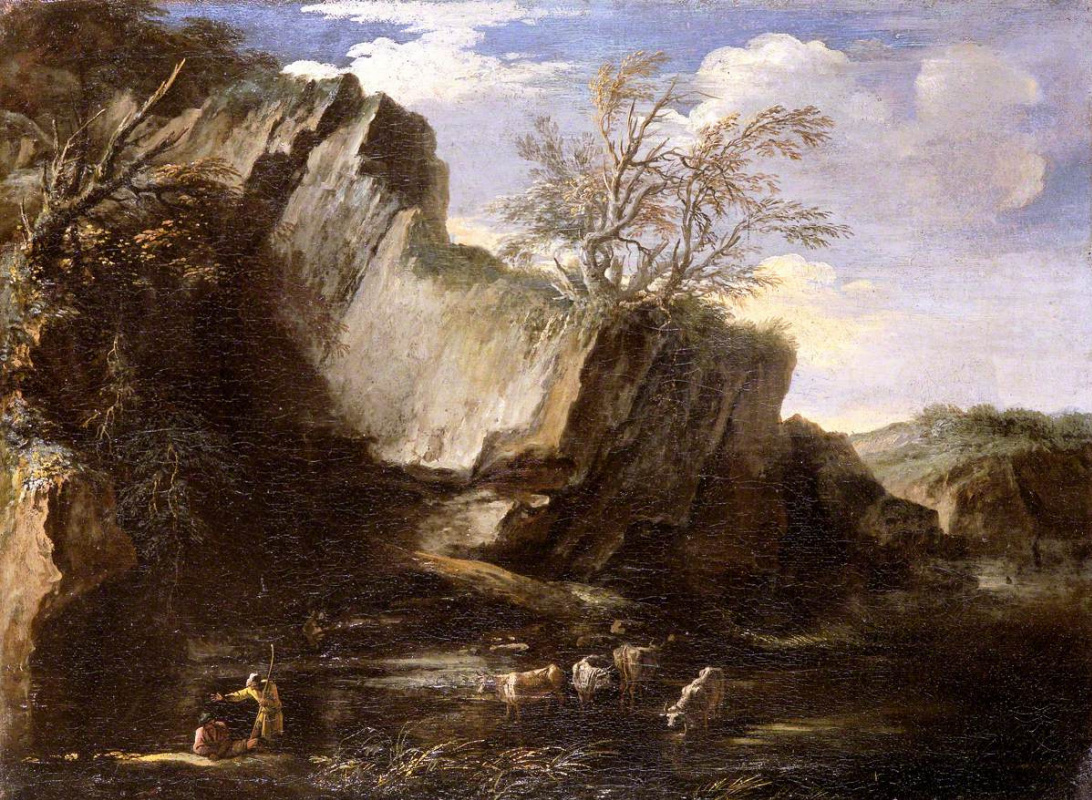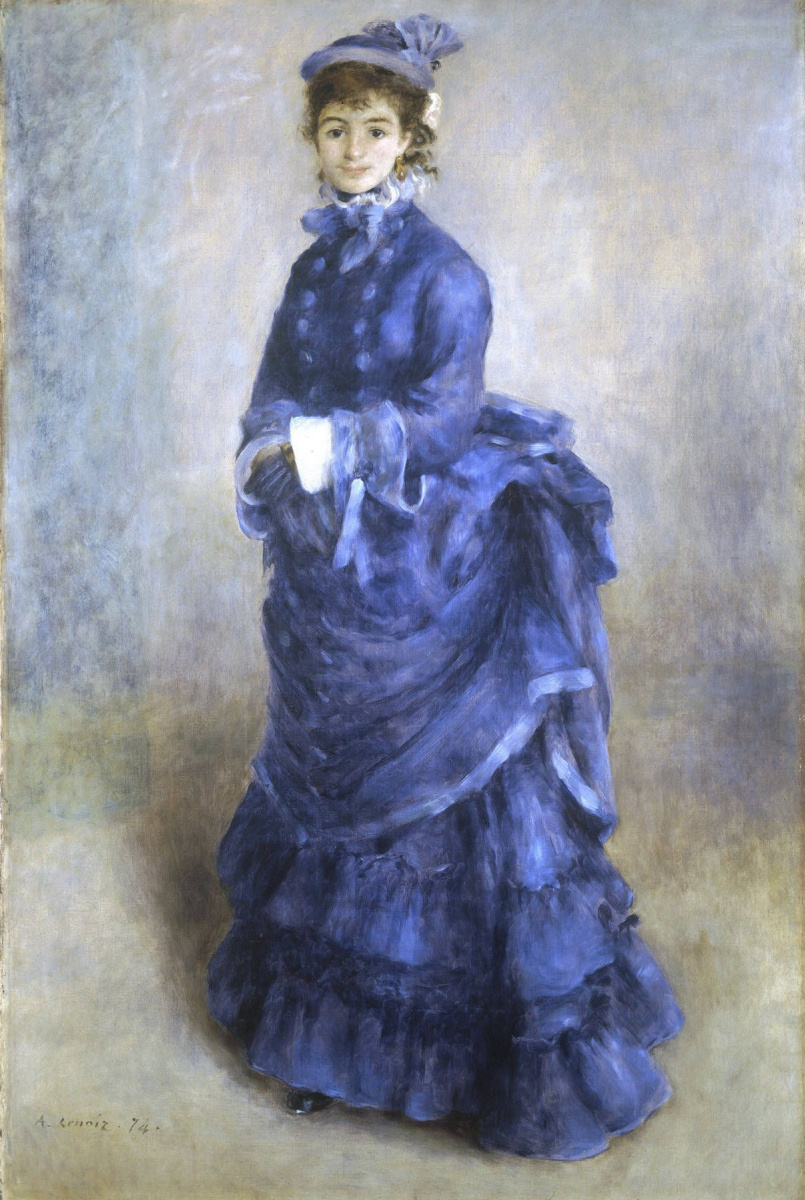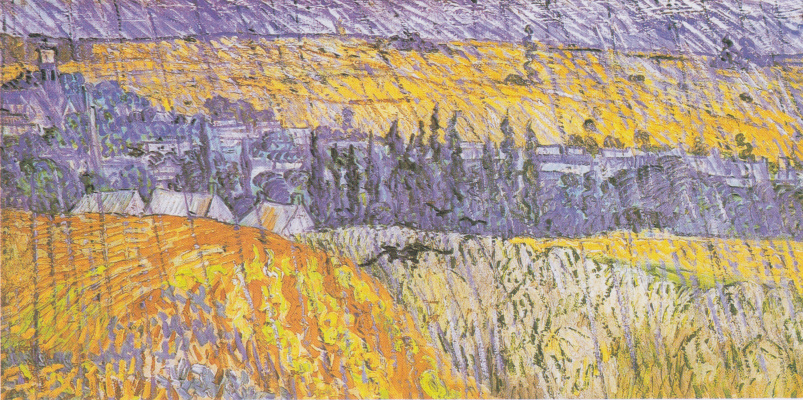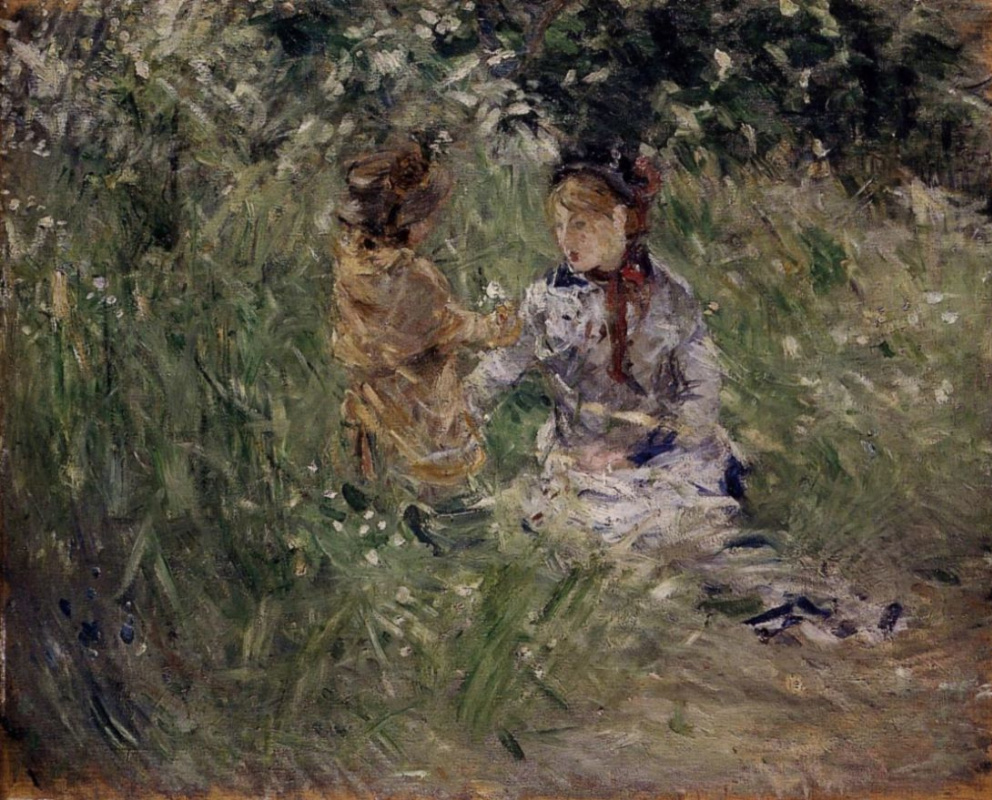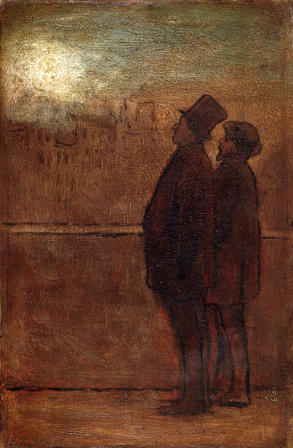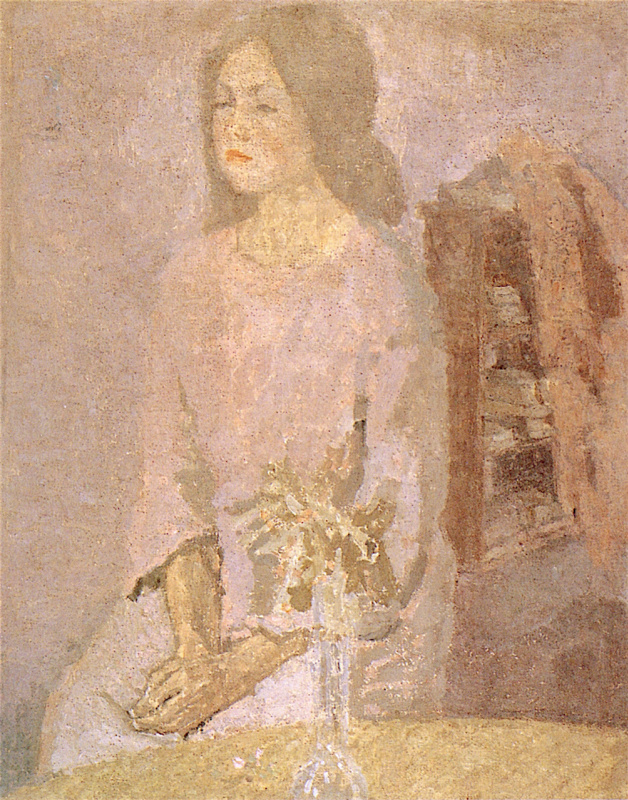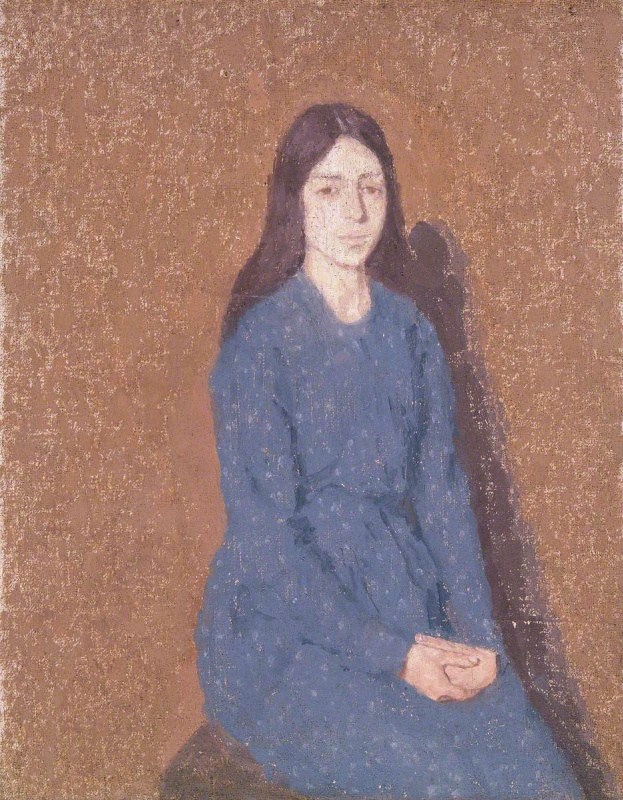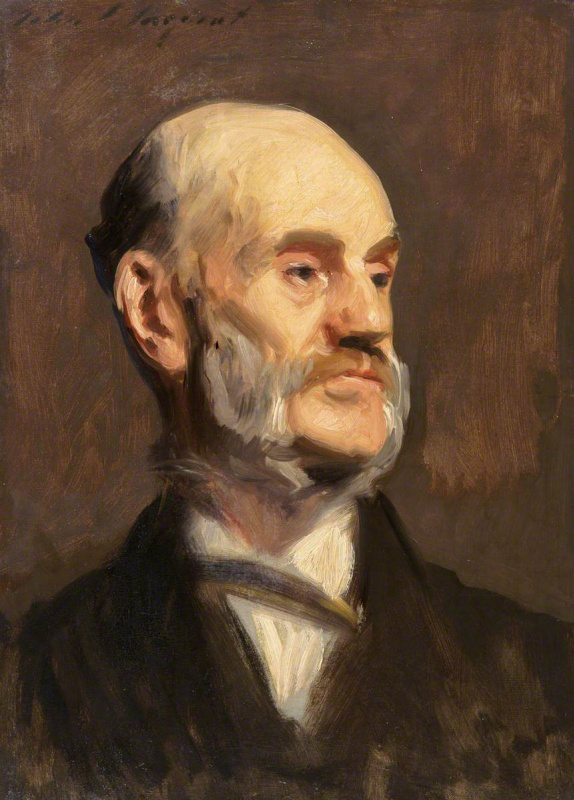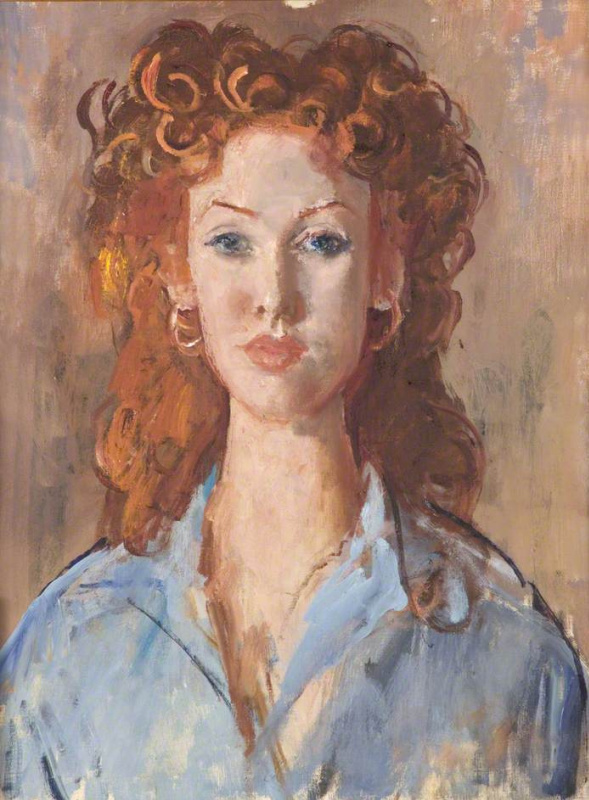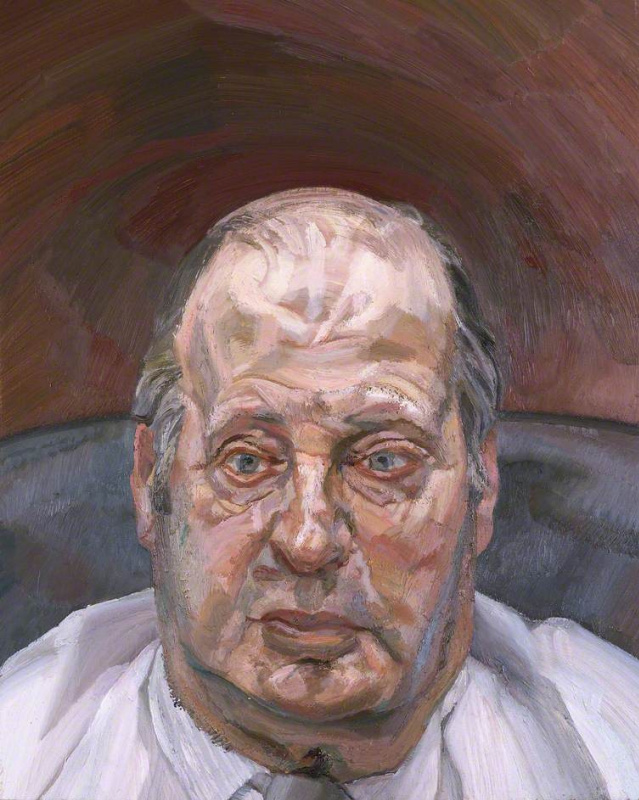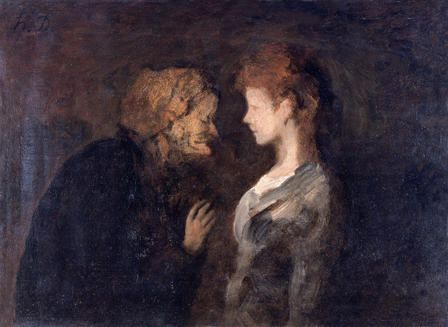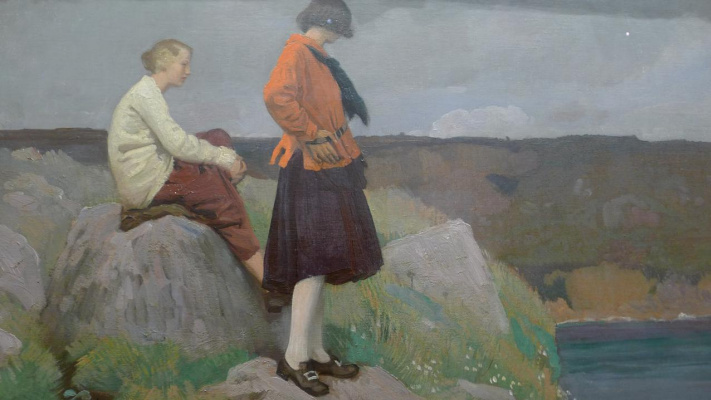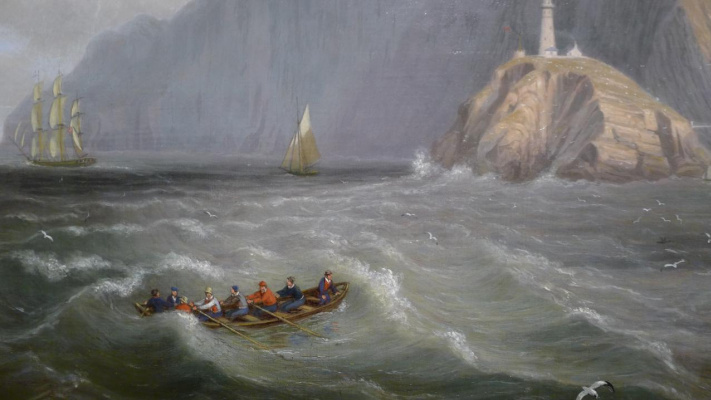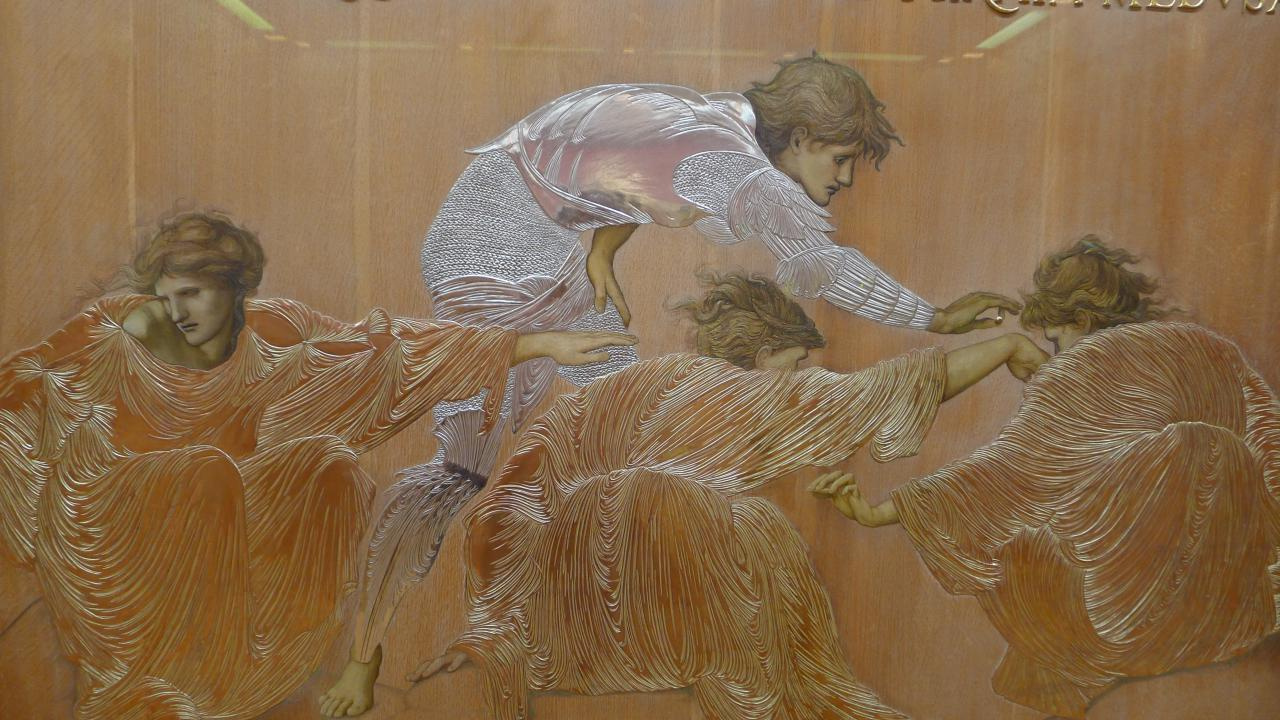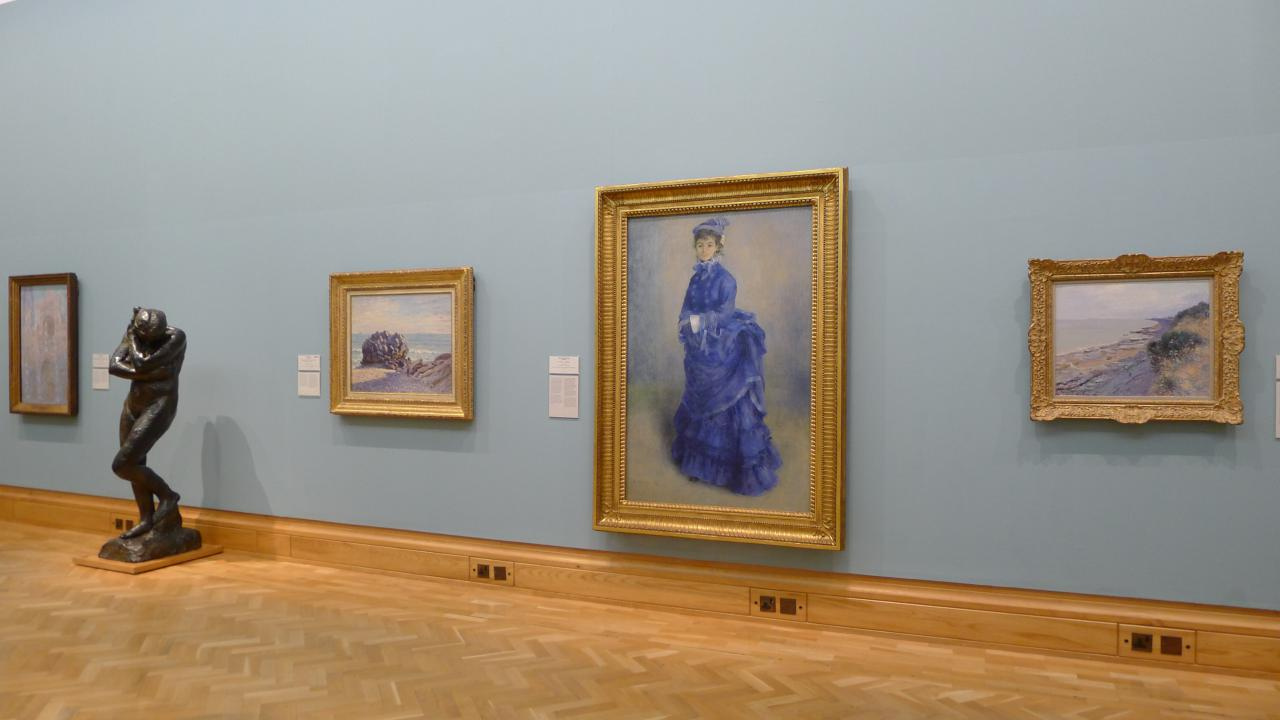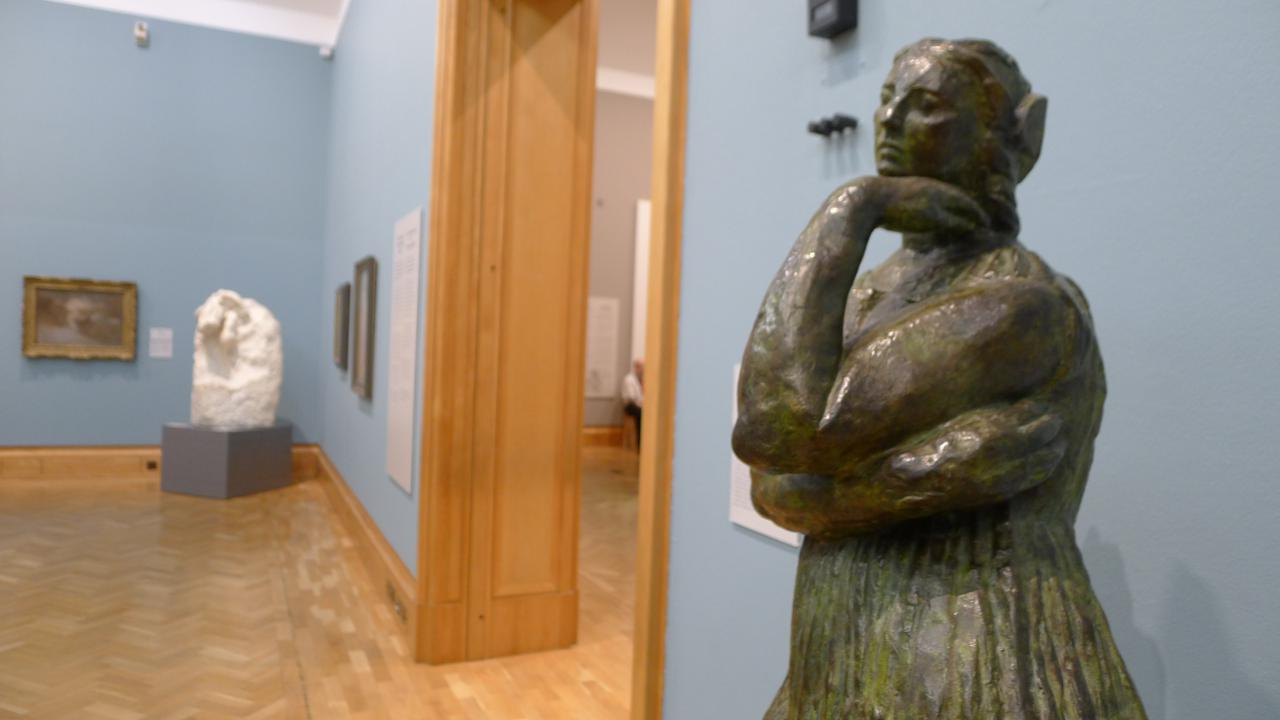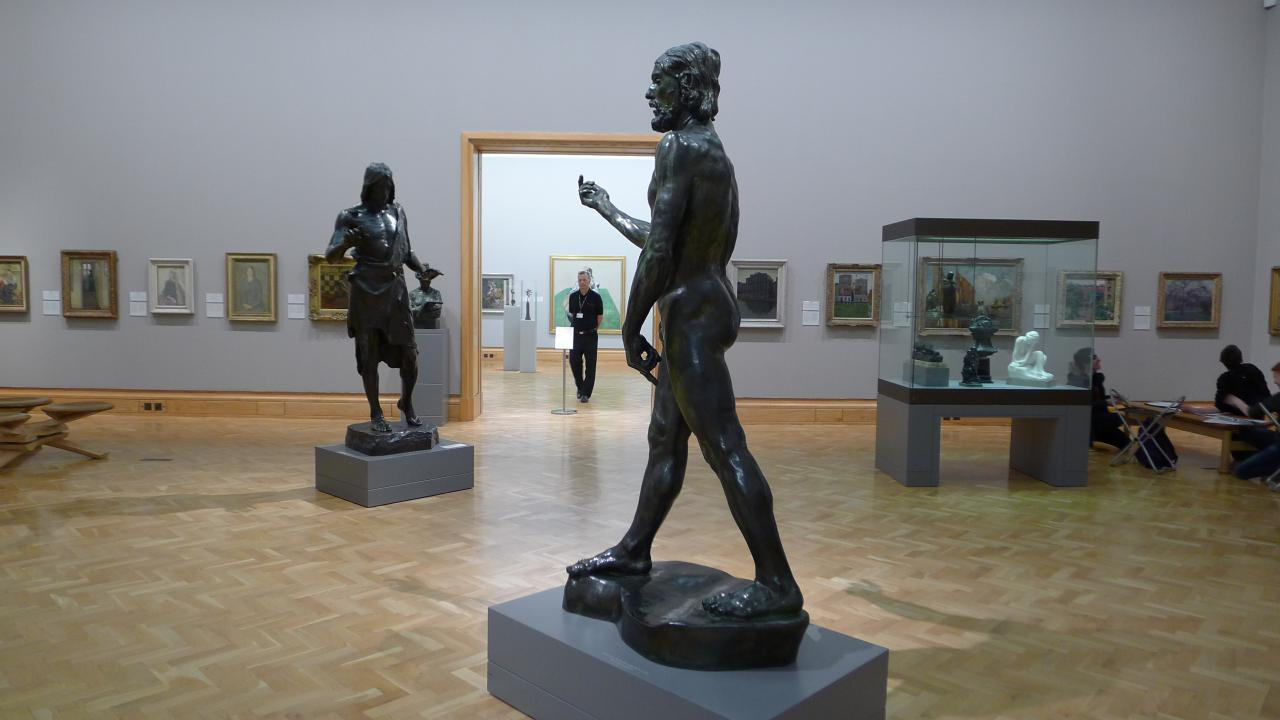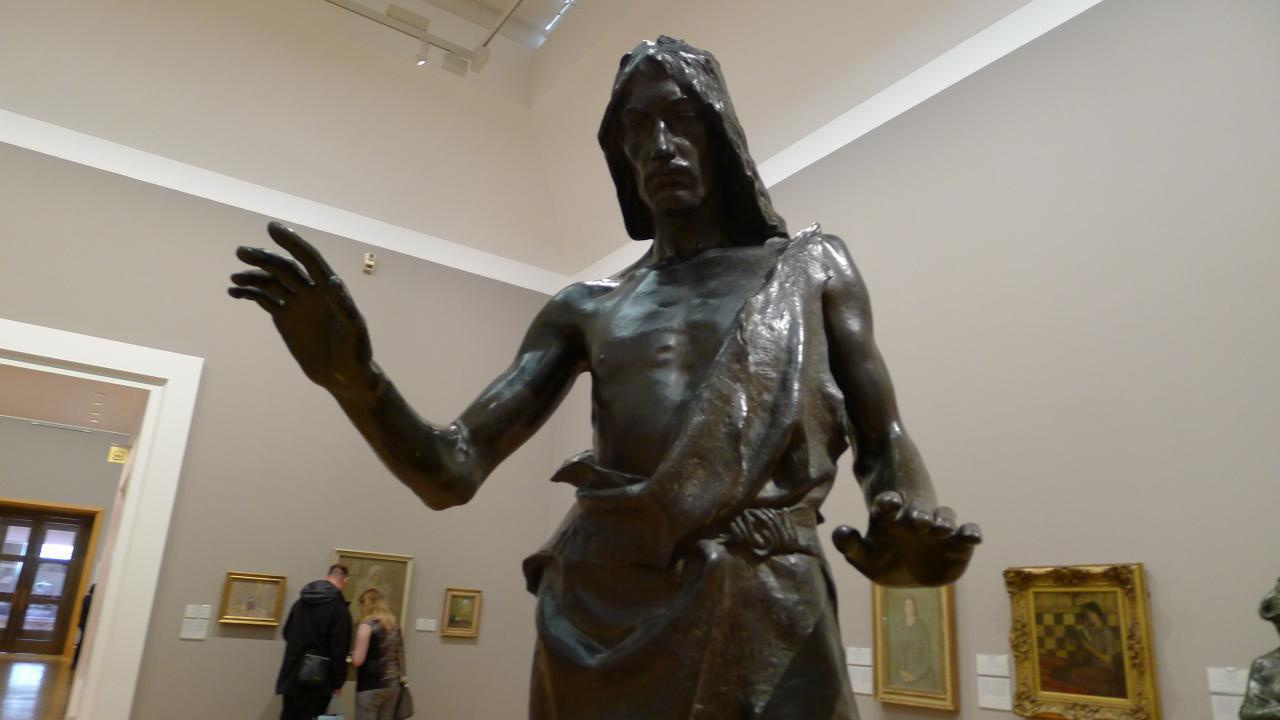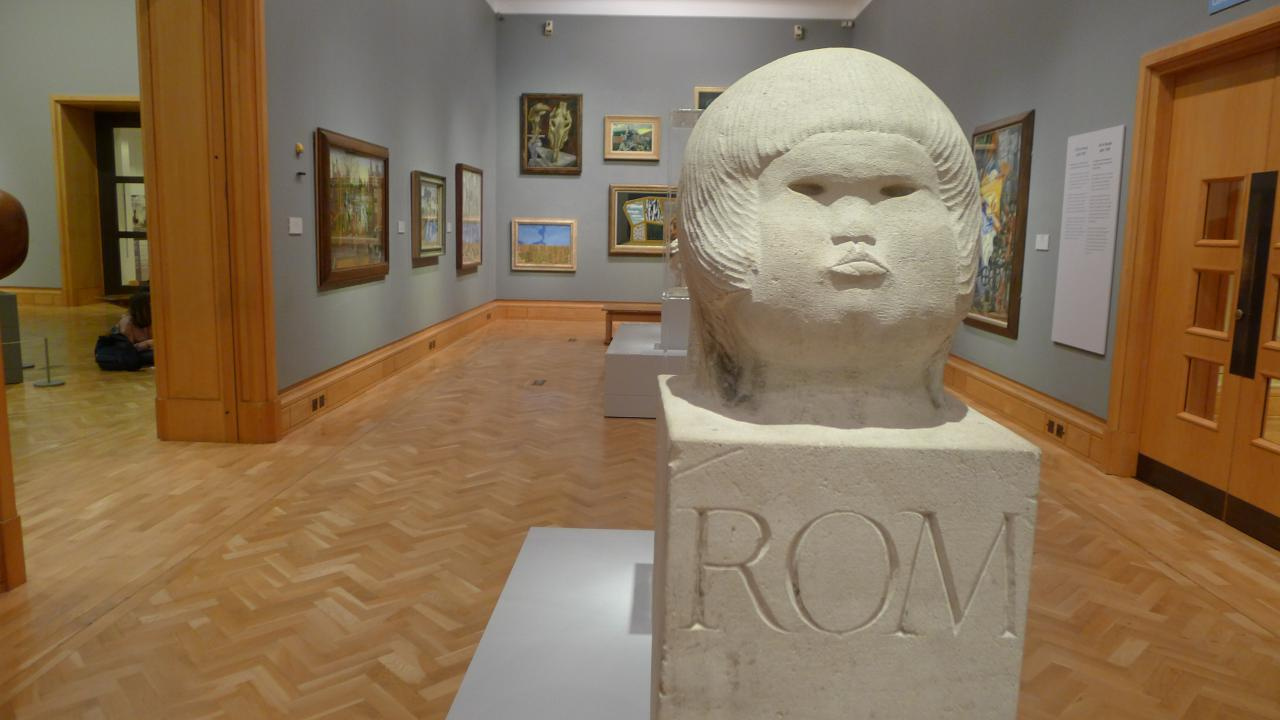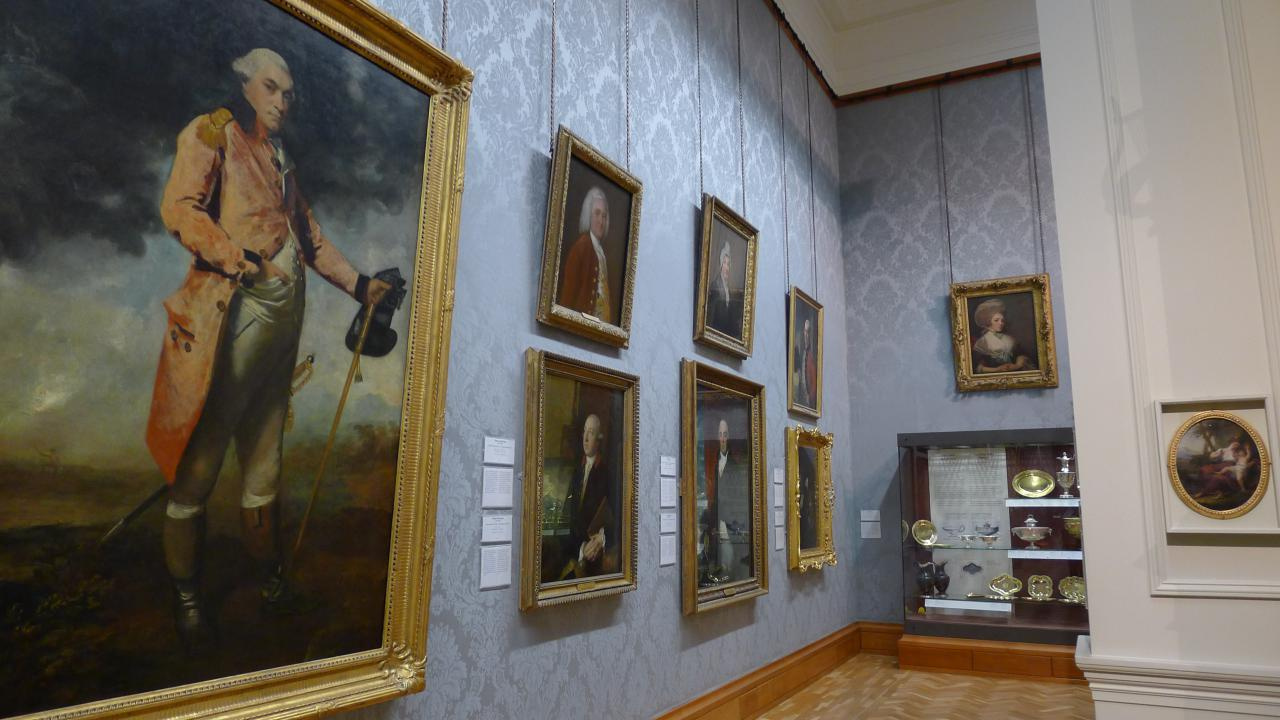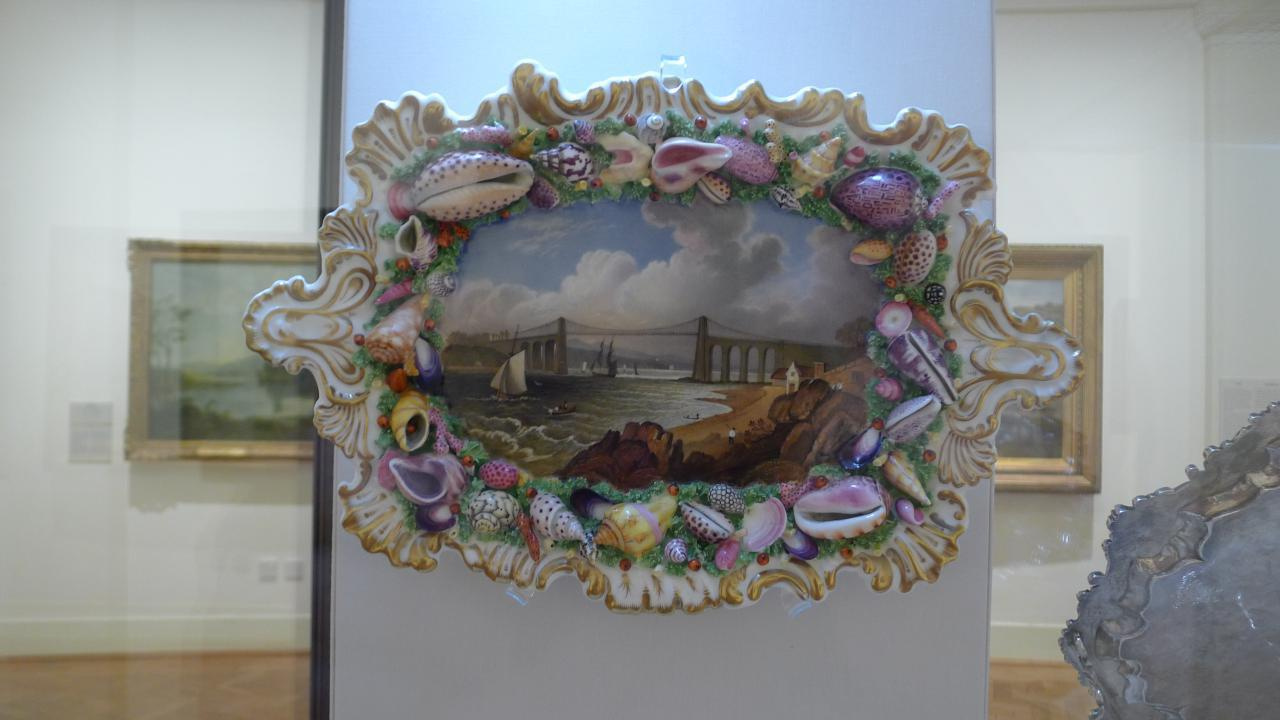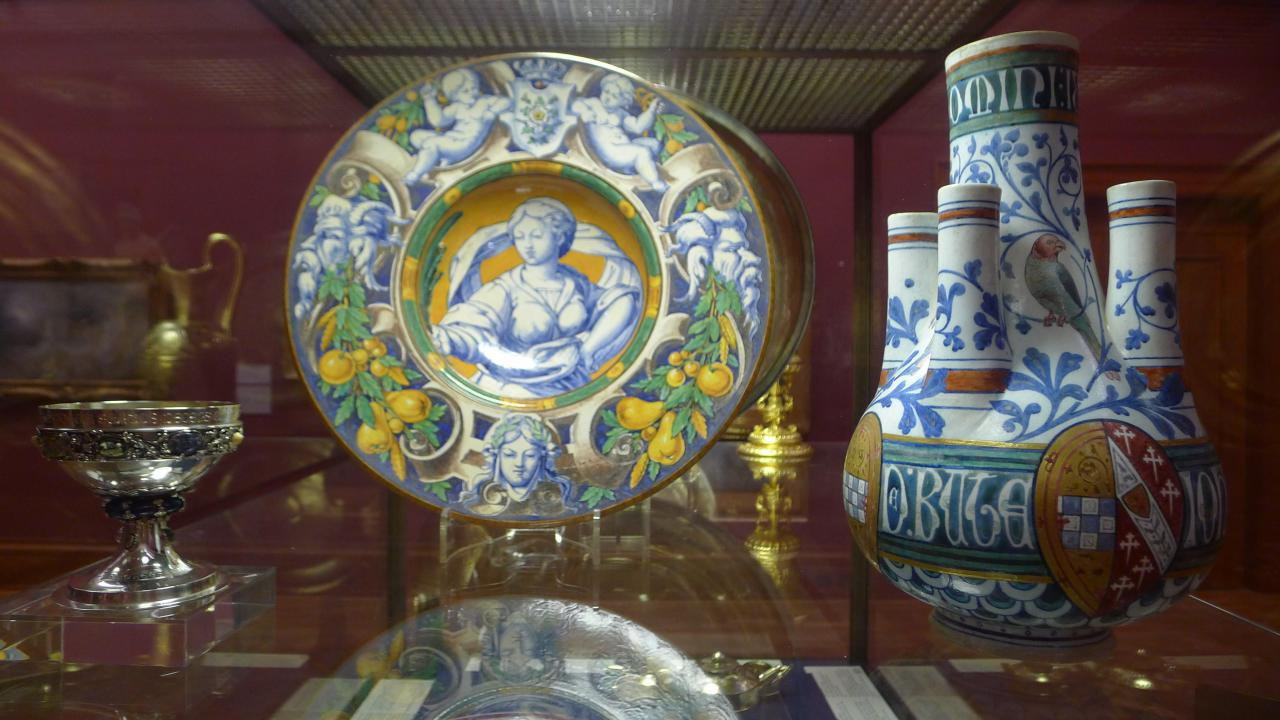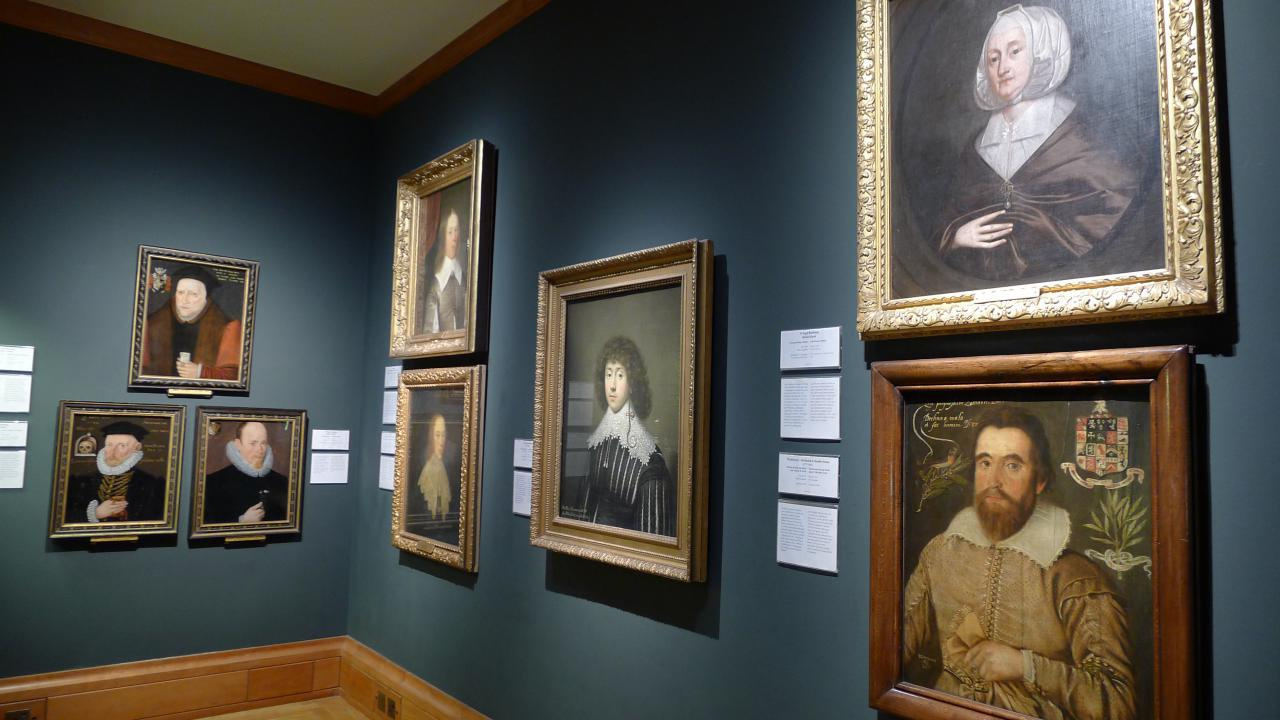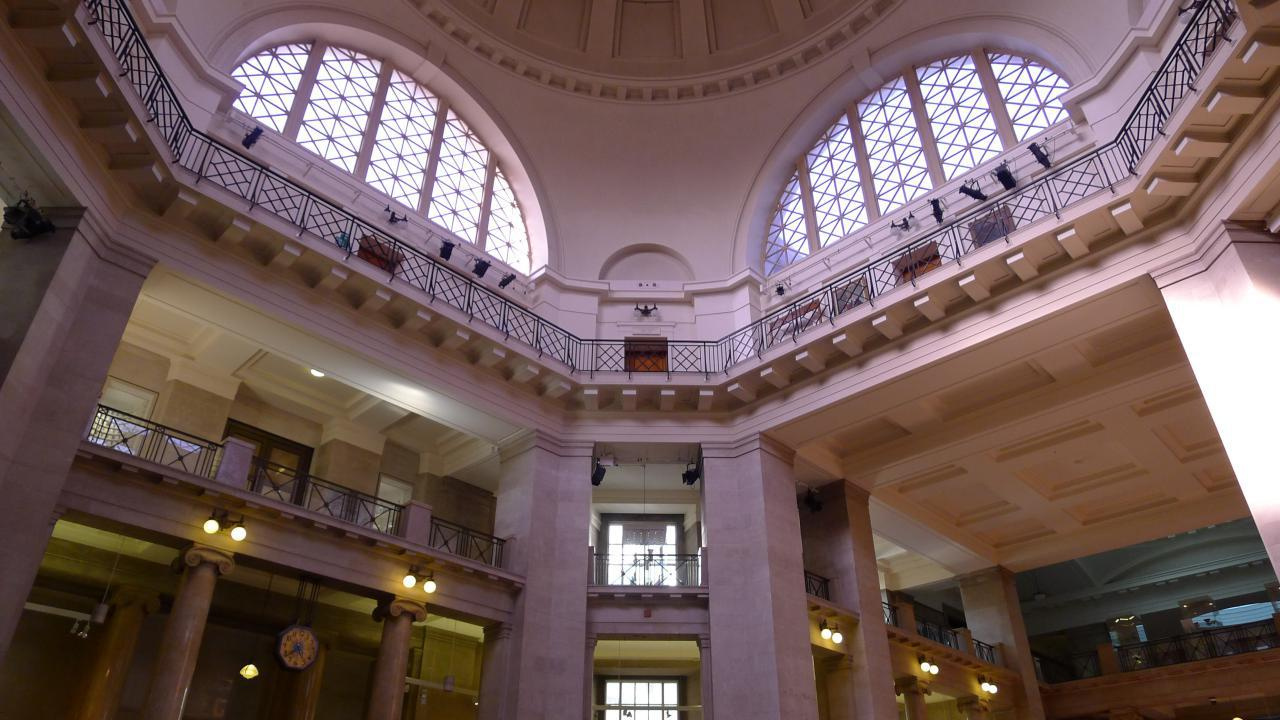Cardiff Museum is an amazing place. It has one of the finest art collections in Europe, and the largest collection of Impressionist paintings out of Paris — a real treasure trove. Despite it is capital city of Wales, Cardiff is not very remarkable city. Lots of insolent seagulls, dirty in the city centre, the virtual absence of historic centre and very strange local accent. But the museum exceeded all expectations and that’s why:
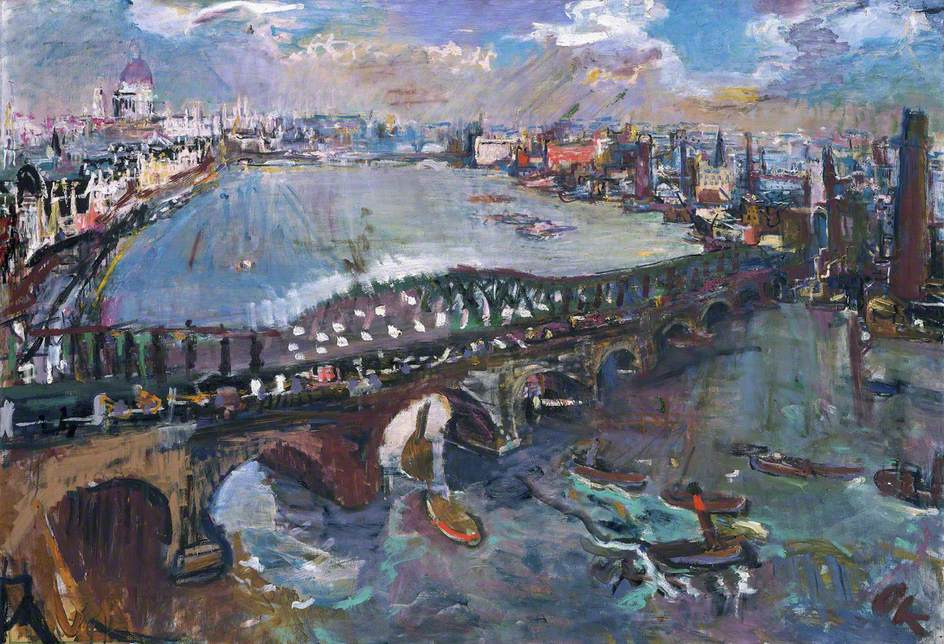
National Museum Cardiff is a museum and 15 art galleries that tell the story of art in Wales and Europe over the last 500 years. The art collection at the new National Museum of Art is one of Europe’s finest: magnificent paintings, drawings, sculpture, silver and ceramics from Wales and across the world, including one of Europe’s best collections of Impressionist works.
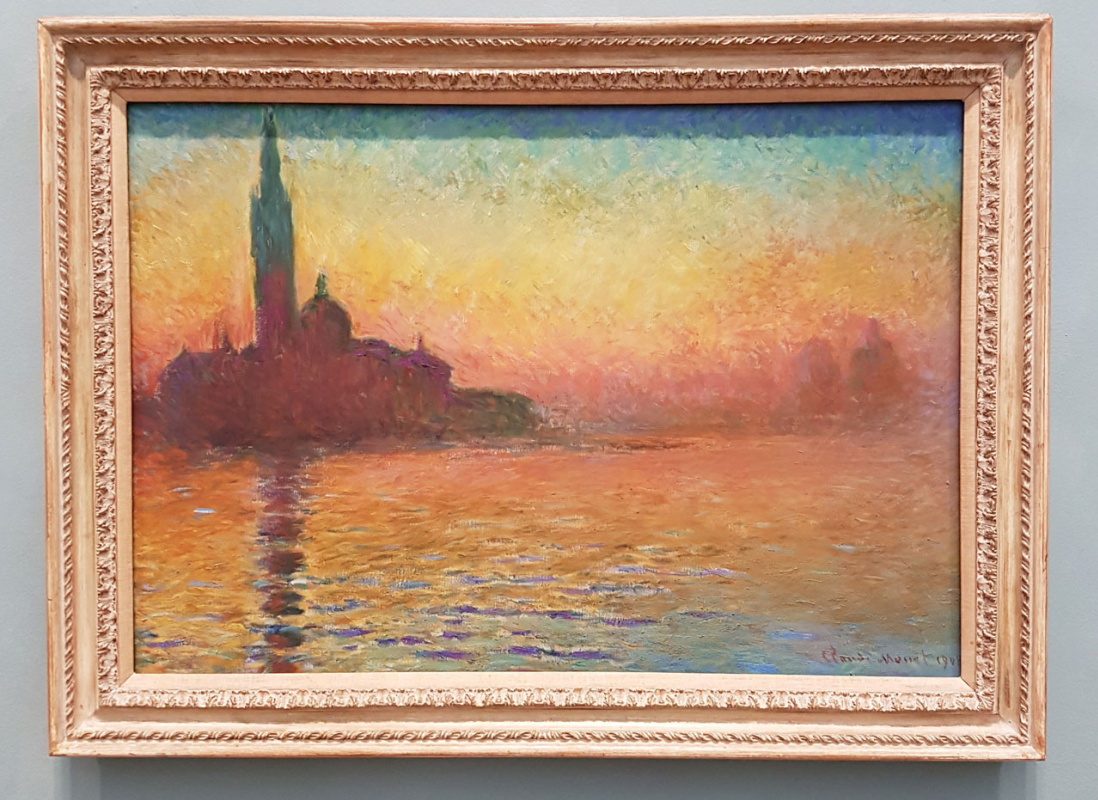
San Giorgio Maggiore by Twilight — Claude Monet
The collection of remarkable Old Master paintings in Cardiff includes The Virgin and Child between religious themes "Saint Helena and St Francis" by Amico Aspertini (1520), "Madonna col Bambino" by Cima da Conegliano (1500), kitchen scenes with a veiled erotic content "The Poulterer’s Shop" by Frans Snyders (1612−1615) and "Calm" by Jan van de Cappelle (1654).
A collection of landscape paintings in the classical tradition includes works by master of sharp rhythmical composition Nicolas Poussin, Italian landscape
painter, baroque’s representative Gaspard Dughet and naturalist of Neopolitan school of art famous for his expressive painting Salvator Rosa.
Among the later pictures there is a significant French emphasis, with the world’s largest collection of works by satirical artist Honoré Daumier, and canvases by Boudin, Corot, Manet, Pissarro and La Parisienne by Pierre-Auguste Renoir, as well as three Monet waterlilies. Post-Impressionist works include three Cézannes and Van Gogh’s Rain at Auvers.
Parisienne
1874, 160×105.5 cm
Rain Auvers
1890, 50×100 cm
Julie and Pasie in the Garden at Bougival
1881, 59.6×73 cm
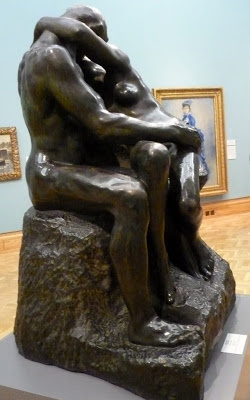
Also a bronze cast of Rodin’s "The Kiss" - with sleek and supple bodies, which provide a striking contrast to the roughly chiselled rock on which they sit, Rodin’s lovers appear timeless and idealised: a universal representation of sexual infatuation, oblivious to all else.
This is one of the many bronze versions of "The Kiss" made by Rodin.
The Davis sisters who were avid collectors of Impressionist paintings and who had a real penchant for Rodin, bequeathed their collection to the Museum.
The inheritors of their grandfathers great fortune, Gwendoline and Margaret Davies were devout Christians who sought to use their wealth to help those who had suffered the impact of the First World War, during which they had both served with the French Red Cross. Generous in nature, these women who had cultivated their own deep love of music and art, set about developing initiatives that would culturally and socially benefit the people of Wales. Together they founded an arts and crafts community that would go on to serve as a cultural centre, today forming part of the University of Wales.
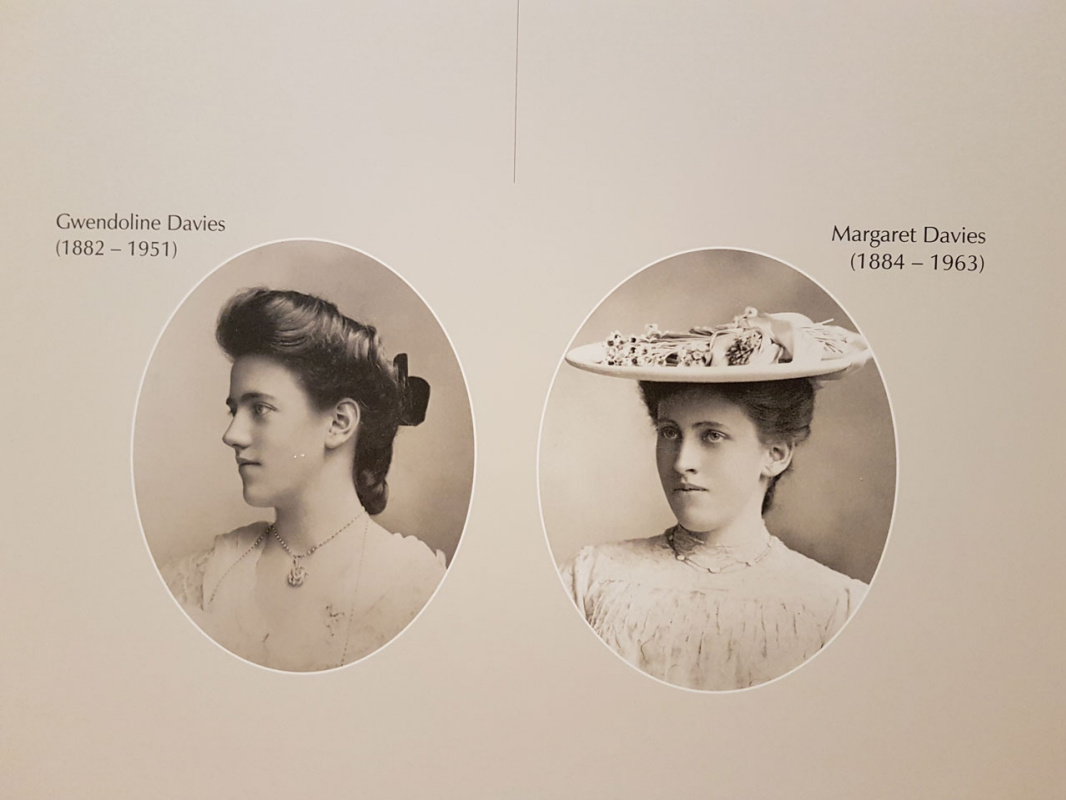
The Davies Sisters
But alongside their philanthropic endeavours, the sisters also began to build a collection of art, based entirely on personal taste rather than what was necessarily deemed to be accomplished work at the time. Some of their choices were controversial for the day. They weren’t afraid to purchase pieces others would initially disapprove of, and ultimately this saw them amass one of the most influential collections of impressionist and post impressionist art in Britain, bequeathing it in its entirety to the National Museum, where over the years it has served to enrich and add world-class variety to the work on display.
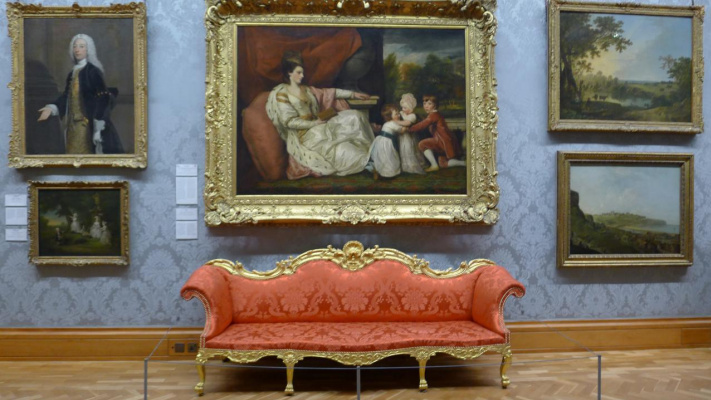
The collection of 20th century art includes works by sculptors Jacob Epstein and Eric Gill and painters including Stanley Spencer, the Impressionist Wynford Dewhurst, John Singer Sargent, L.S. Lowry and Oskar Kokoschka. Works by contemporary artists are on rotational display, including those by Lucian Freud, Francis Bacon, Frank Auerbach and Rachel Whiteread.
It is worth seeing five hundred years of magnificent paintings, drawings, sculpture, silver and ceramics from Wales and across the world, including one of Europe’s best collections of Impressionist art. The museum has something to offer everyone and has a regular programme of events and activities.
Cathays Park, Cardiff, CF10 3NP.
Free to all.
Free to all.






